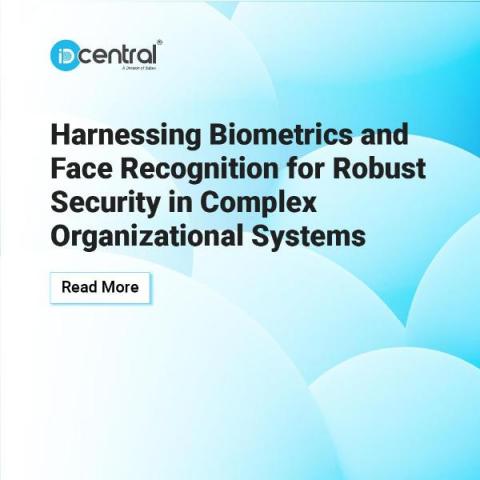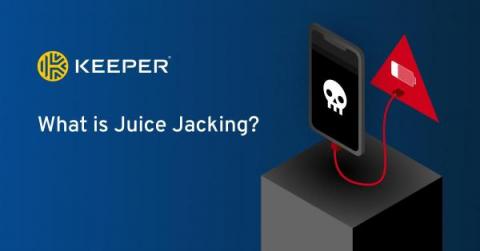Security | Threat Detection | Cyberattacks | DevSecOps | Compliance
Latest News
Why Customers Are Consolidating Cybersecurity with CrowdStrike
As adversaries continue to evolve their tactics and techniques, organizations are scrambling to shore up their security posture. Security teams have historically turned to point products to fill gaps in their defenses, driving the issue of tool sprawl: The average enterprise deploys 45 cybersecurity-related tools, according to the Ponemon Institute. When it comes to security, more tools often create more problems. Point products are rarely integrated, even when they come from the same vendor.
Harnessing Face Biometrics and Face Recognition for Robust Security in Complex Organizational Systems
Biometrics revolutionizes the authentication landscape by leveraging unique biological characteristics, such as fingerprints, iris patterns, and facial features. Unlike traditional methods, biometrics provides a highly reliable and secure means of identity verification. Among these modalities, face recognition emerges as a convenient and non-intrusive approach that ensures robust security while enhancing user experience.
Enhancing Identity Verification in Loan Origination with Face Trace
In a rapidly digitalizing world, data and identity security have never been more paramount. As organizations adapt to this reality, one domain witnessing significant evolution is loan origination. The advent of sophisticated technologies, including artificial intelligence (AI) and biometrics, has made it possible to implement robust identity verification systems. Enter Face Trace, an innovative biometric face verification product that is reshaping the future of secure financial transactions.
How a Modern eTMF Ensures Inspection Readiness
Effective Trial Master File (TMF) management is crucial for regulatory compliance in clinical trials. An audit can happen at any time, so sponsors and CROs must ensure that all required documents are accurate and accounted for throughout the lifecycle of a study. Ongoing inspection readiness is easier said than done, which is why many organizations leverage an eTMF solution to help. But there are a lot of eTMFs out there, and evaluating your options can be overwhelming.
Cloudflare Alternatives for Cloud WAF in 2023
How to Decide Whether Vulnerability Remediation Augmented by Generative AI Reduces or Incurs Risk
Software security vendors are applying Generative AI to systems that suggest or apply remediations for software vulnerabilities. This tech is giving security teams the first realistic options for managing security debt at scale while showing developers the future they were promised; where work is targeted at creating user value instead of looping back to old code that generates new work.
Threat Actors in 2023: Who They Are & How To Defend Against Bad Actors
CMMC Requirements For Small Businesses
There are five levels that make up the Cybersecurity Maturity Model Certification (CMMC) framework. These levels range from Level 1 (Basic Cyber Hygiene) to Level 5 (Advanced/Progressive). With each level of cybersecurity certification, the requirements of the previous level are built upon and new controls and practices are introduced.
What is Juice Jacking?
Juice jacking is a security exploit in which devices are compromised when plugged into an infected USB charging station, port or use an infected charging cable. This type of security exploit takes advantage of the fact that many people need to charge their devices, especially when traveling, and use the provided USB cables to do so. Apart from charging devices, USB cables are also used to sync data which is how attackers are able to take advantage and extract data from devices.











